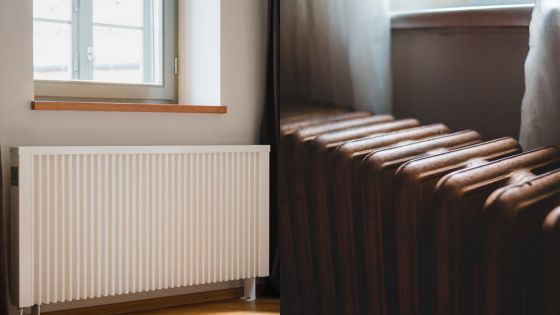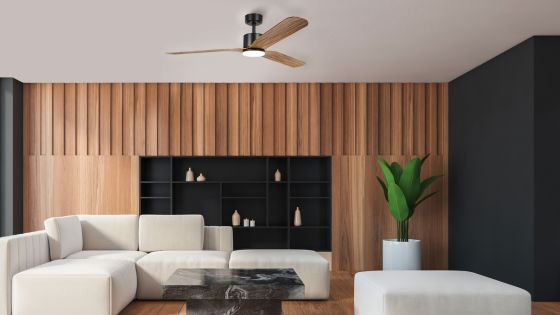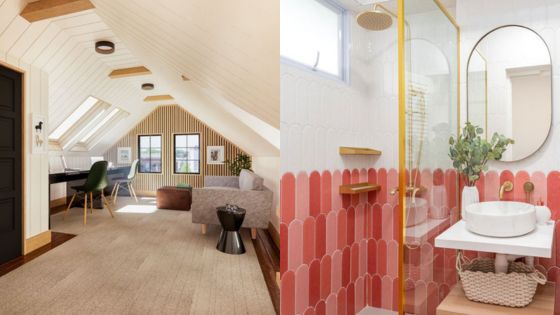Exterior home renovation can significantly enhance both the appearance and value of a property. Effective planning and design are crucial to ensuring that the renovation not only meets aesthetic goals but also addresses functional needs and energy efficiency. Homeowners looking to improve their outdoor spaces will find that a well-executed renovation can transform their living experience.
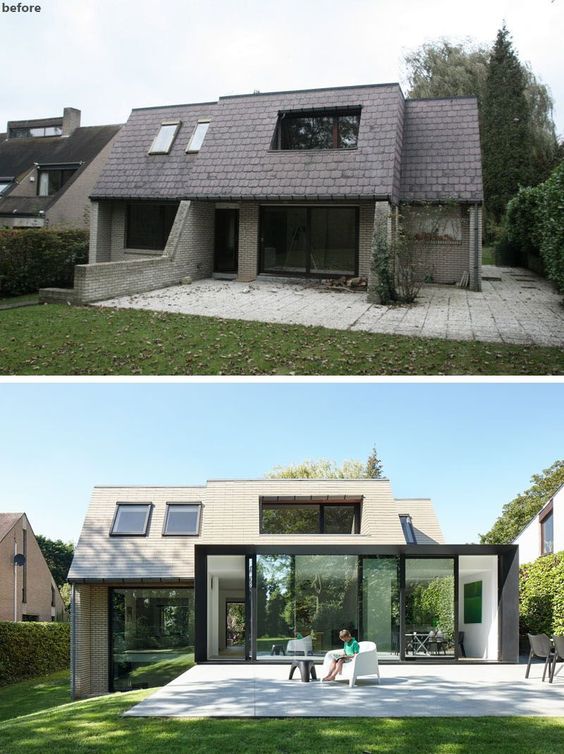
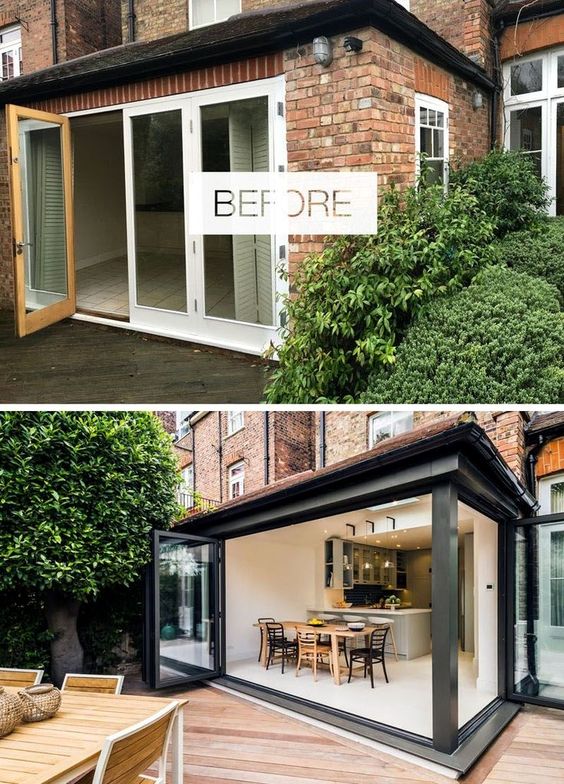
When embarking on an exterior renovation, it is essential to consider various factors such as structural updates, safety, and compliance with local regulations. Thoughtful design choices can create a cohesive look while promoting accessibility and sustainability. By properly managing the renovation project, homeowners can achieve their desired outcomes with minimal stress.
For anyone contemplating an exterior renovation, understanding the critical steps and considerations is paramount to success. A well-rounded approach will lead to a transformation that not only delights the eye but also enhances the home’s functionality.
Key Takeaways
- Planning is crucial for a successful renovation project.
- Design and functionality should work together for optimal results.
- Post-renovation care ensures long-lasting improvements.
Planning Your Exterior Home Renovation
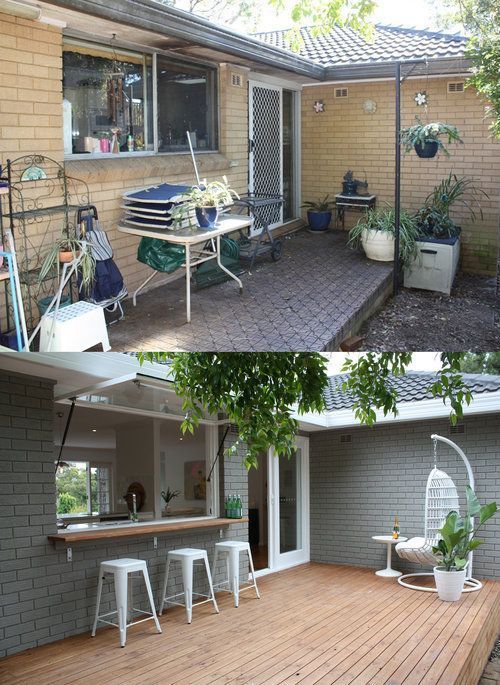
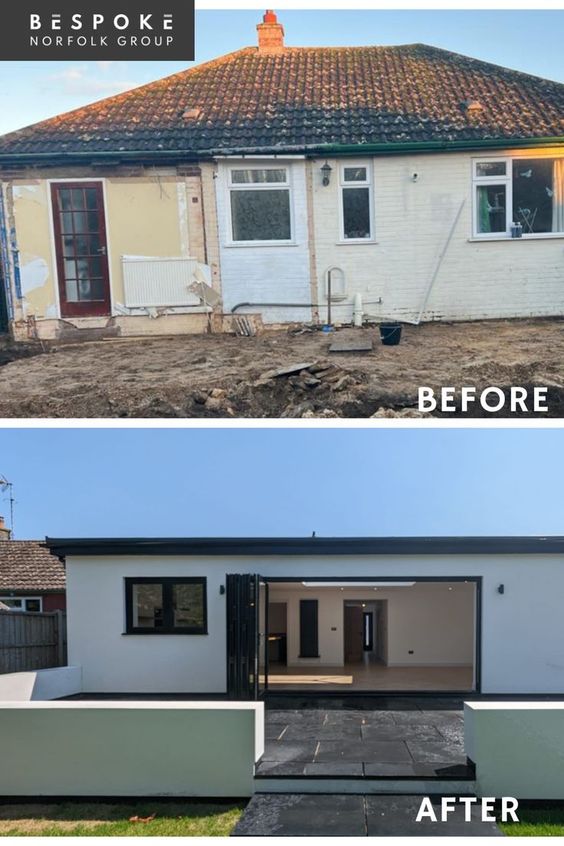
Effective planning is crucial for a successful exterior home renovation. By assessing specific needs, establishing a budget, setting a timeframe, and deciding between professional help or DIY, an owner can streamline the renovation process.
Assessing Your Home’s Needs
Evaluating the current state of the home is essential. Identify the areas that require attention, such as siding, windows, roofing, or landscaping. Check for any structural issues, such as cracks in the foundation or water damage, which require immediate remediation.
Create a priority list of renovations based on urgency and the desired aesthetic. Conduct an inspection to determine if changes will improve energy efficiency. Research local regulations to ensure compliance with building codes and zoning laws before moving forward.
Setting a Budget
Establishing a detailed budget is fundamental to any renovation. Begin by obtaining estimates for materials and labor from multiple contractors. Factor in costs for permits, professional fees, and unexpected expenses, which can arise during the renovation process.
Consider establishing a contingency fund, typically around 10-20% of the total budget, to cover unforeseen costs. Prioritize expenditures based on necessity and personal preferences. Utilize spreadsheets or budgeting apps to track expenses and adjust as needed.
MyHomeQuote, in partnership with Window Cost Calculator, offers a comprehensive solution for homeowners looking to protect their homes and improve their energy efficiency by providing personalized home insurance quotes and accurate estimates for window replacement costs.
Choosing a Timeframe
Determining a realistic timeframe helps manage expectations. Research the typical duration for the renovations planned, such as siding replacement or window installation. Create a timeline that considers weather conditions, which may affect certain projects.
Schedule specific milestones to track progress and stay on schedule. Communicate clearly with contractors to ensure everyone is aligned on timelines, and make adjustments as situations arise. Flexibility can help accommodate potential delays without causing frustration.
Hiring Professionals vs. DIY
Choosing between hiring professionals and tackling projects independently depends on expertise and budget. For specialized tasks like electrical work or roofing, hiring licensed professionals ensures safety and compliance with building codes.
Conversely, DIY projects can save labor costs for simple tasks such as painting, landscaping, or minor repairs. Assess personal skills and available time before deciding. Consider the potential for error in DIY projects, which may lead to higher costs if mistakes require professional correction.
Design Considerations
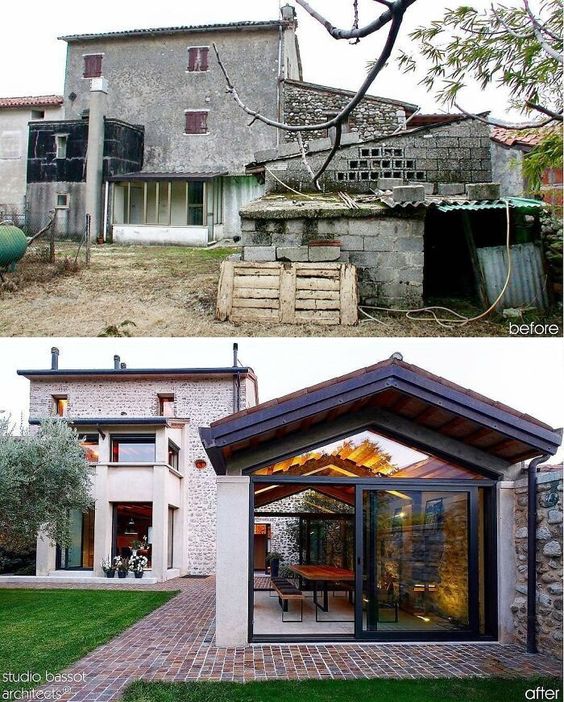
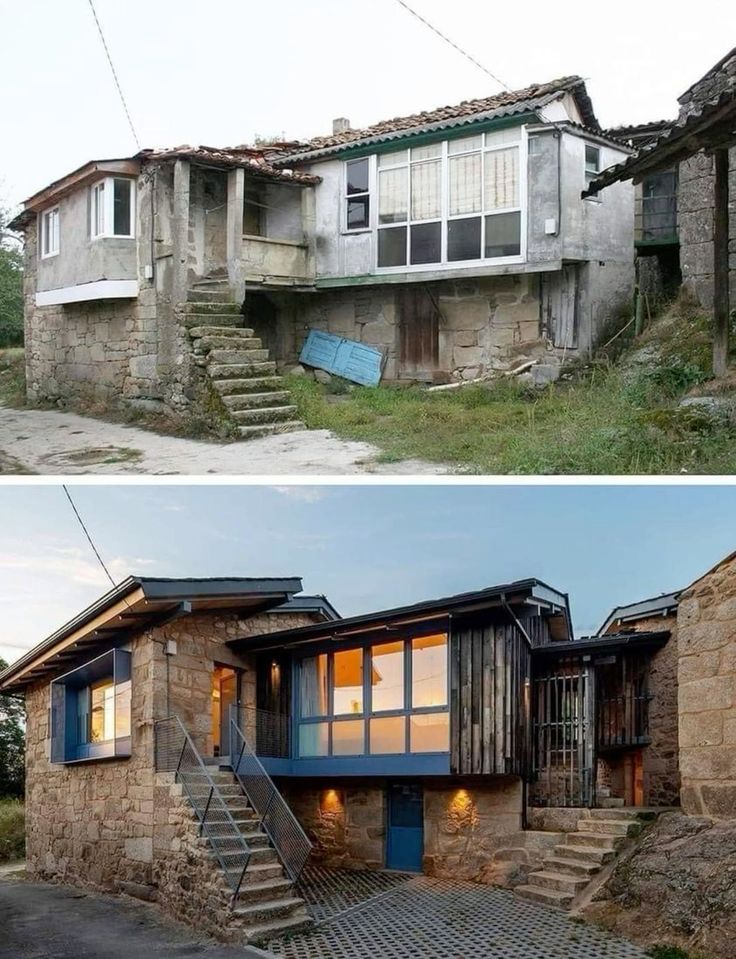
Effective exterior home renovation requires careful planning and attention to detail. Key aspects include architectural style, material choices, color schemes, and thoughtful landscaping.
Architectural Style Consistency
Maintaining architectural style consistency is crucial for exterior renovations. When modifying a home, it is essential to respect its original design. This alignment enhances curb appeal and ensures the home remains visually appealing within its neighborhood.
Homeowners should research the predominant styles in their area, such as Colonial, Craftsman, or Modern. This knowledge allows for harmonious updates that do not clash with surrounding homes. Moreover, incorporating elements that reflect the unique character of the home promotes a cohesive look.
Material Selection
Choosing the right materials can significantly impact the durability and aesthetics of a renovation. Homeowners should prioritize high-quality and weather-resistant materials to ensure longevity.
Wood, vinyl, brick, and stucco are common choices, each offering distinct advantages. For instance, brick provides excellent insulation and low maintenance, while wood offers a classic appeal. Selecting materials that match the home’s architectural style increases visual harmony. Adapting sustainable materials, such as reclaimed wood or eco-friendly composites, can also contribute to environmentally conscious renovation efforts.
Color Schemes
Color selection plays a vital role in the exterior appearance of the home. A well-chosen palette can enhance architectural features, create visual interest, and harmonize with the surroundings.
Homeowners should consider the existing colors of the neighborhood and the home’s architectural style when choosing hues. Utilizing a combination of complementary and contrasting colors can highlight key elements such as trim, doors, and window frames. When selecting paint, high-quality, weather-resistant products ensure the color remains vibrant despite exposure to the elements.
Landscaping and Outdoor Spaces
Landscaping should work in tandem with exterior renovations to create an inviting outdoor environment. Thoughtful design can enhance the home’s entrance and overall appearance.
Incorporating native plants can promote sustainability and reduce water usage. Adding features such as walkways, patios, or decks can create functional outdoor living areas. Homeowners should focus on balance and symmetry to ensure that the landscaping complements the home’s style. Proper lighting can also enhance these spaces, making them usable during the evening hours.
Structural Updates
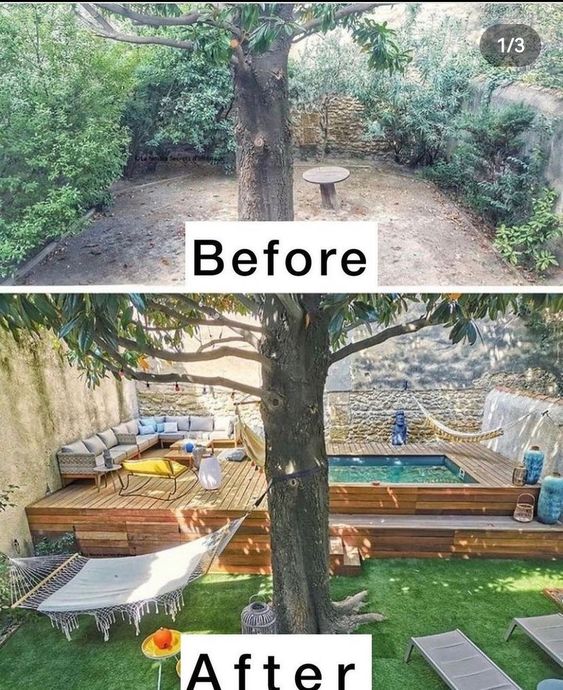

Structural updates are essential for maintaining the safety, functionality, and aesthetic appeal of a home. Key areas to consider include roof replacement, foundation repair, siding upgrades, and window and door enhancements. Each of these updates plays a crucial role in the overall integrity of the home.
Roof Replacement
Roof replacement is a significant component of exterior renovation. A worn or damaged roof can lead to leaks and structural issues. Homeowners should assess the age and condition of their roof to determine if replacement is necessary.
Materials such as asphalt shingles, metal, and tile offer various benefits. Asphalt shingles are cost-effective and come in many styles. Metal roofing ensures longevity and energy efficiency. Tile options provide durability but may be heavier.
Proper installation is critical. Hiring a professional can prevent issues like inadequate ventilation and moisture buildup, which can lead to costly repairs down the road.
Foundation Repair
Foundation repair addresses critical issues that could compromise the home’s structure. Signs of foundation problems include cracks in walls or floors, uneven floors, and doors that stick. Ignoring these signs can lead to severe structural damage.
Various repair methods exist, including underpinning and mudjacking. Underpinning strengthens the foundation by extending it deeper into stable soil, while mudjacking involves injecting a mixture under the foundation to lift it back into place.
It’s advisable to consult a structural engineer for assessment. Early intervention can save homeowners from costly repairs and maintain property value.
Siding Upgrades
Siding upgrades enhance both the appearance and protection of a home. Common siding materials include vinyl, wood, and fiber cement. Each option has unique benefits and drawbacks.
Vinyl siding is low-maintenance and available in numerous colors. Wood siding offers a classic look but requires periodic maintenance to prevent rot. Fiber cement siding combines durability with aesthetics, resisting insects and weather damage.
When upgrading siding, homeowners should consider insulation options. Insulated siding can improve energy efficiency, reducing heating and cooling costs.
Proper installation is vital to ensure a weather-tight seal and prevent future issues like moisture buildup.
Window and Door Upgrades
Upgrading windows and doors can significantly improve energy efficiency and curb appeal. Older windows often contribute to energy loss. Replacing them with energy-efficient models can lower utility bills.
Choices range from double-pane to triple-pane glass options for improved insulation. Homeowners should also consider window brands that offer warranties for added peace of mind.
For exterior doors, options include steel, fiberglass, and wood. Steel doors provide security and durability. Fiberglass doors offer insulation and low maintenance, while wood doors add natural beauty but require more upkeep.
Installation quality is crucial. Properly installed windows and doors prevent drafts and moisture issues, enhancing the home’s overall comfort.
Energy Efficiency
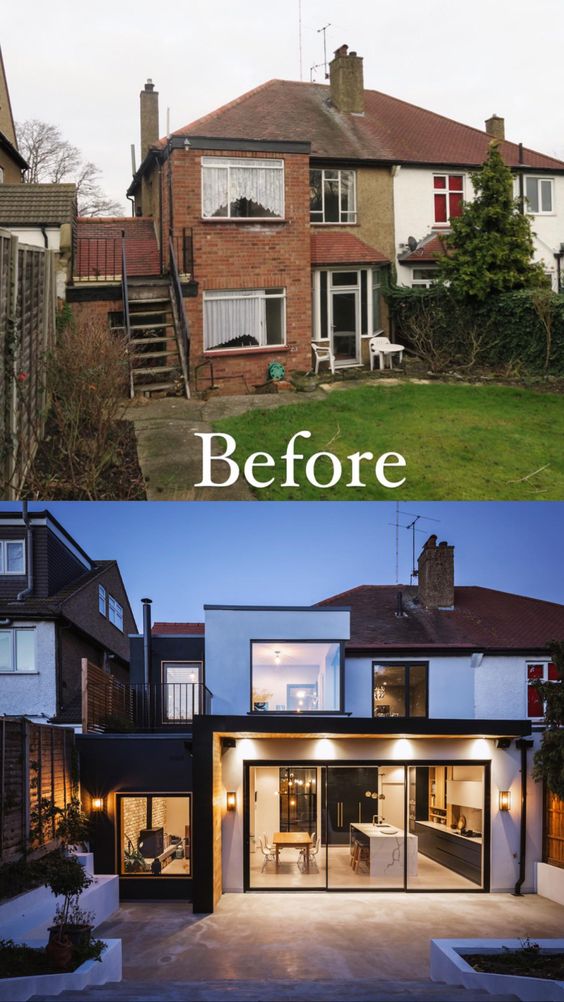
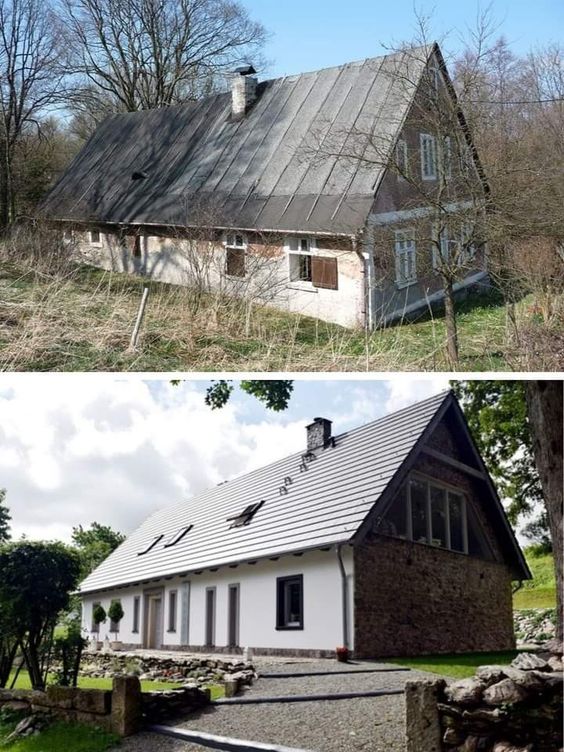
Enhancing energy efficiency in exterior home renovations can lead to significant savings on utility bills and a reduced carbon footprint. Key strategies include improving insulation, installing solar panels, updating windows, and utilizing sustainable materials.
Insulation Improvements
Proper insulation is critical in maintaining a comfortable indoor temperature. Upgrading insulation in walls, attics, and foundations can reduce heating and cooling costs by preventing heat loss.
Common materials such as fiberglass, foam board, and spray foam are effective choices. Each material has varying R-values, which measure resistance to heat flow. A higher R-value indicates better insulation performance.
Homeowners should also consider sealing gaps and cracks to complement insulation improvements. This process enhances energy efficiency by minimizing air leaks, which can account for a substantial portion of energy loss.
Solar Panels
Installing solar panels offers a renewable energy source that can significantly offset electricity costs. Solar power systems can convert sunlight into electricity, providing energy for the home.
A solar photovoltaic system can reduce reliance on grid power, resulting in lower utility bills. Tax credits, rebates, and incentives from local governments may also enhance the return on investment.
To maximize efficiency, homeowners should consider roof orientation, shading from trees, and system size. A qualified installer can evaluate these factors to optimize performance and ensure that the solar panels meet energy needs.
Energy-Efficient Windows
Upgrading to energy-efficient windows can dramatically improve a home’s energy performance. These windows minimize heat transfer and reduce the workload on heating and cooling systems.
Key features include double or triple glazing, low-emissivity (Low-E) coatings, and argon gas fills. These components work together to enhance insulation and reduce UV rays entering the home.
Additionally, proper window installation is vital for maximizing efficiency. Gaps or poor framing can lead to air leaks, which compromise the benefits of energy-efficient windows. Selecting the right style and material also contributes to performance.
Sustainable Materials
Utilizing sustainable materials in renovations can enhance energy efficiency and promote environmental responsibility. These materials often have lower environmental impacts and can contribute to better energy outcomes for the home.
Examples include reclaimed wood, bamboo, and recycled metal. These options not only reduce waste but can also provide superior insulation properties when appropriately used.
When selecting materials, it is essential to consider their lifecycle impacts. Sustainable choices promote longevity and energy savings, aligning with both environmental and economic goals for homeowners.
Safety and Accessibility
Addressing safety and accessibility in exterior home renovation enhances the usability and security of a residence. Focused modifications ensure that both residents and visitors can navigate the home easily while maintaining a secure environment.
Upgrading Entrances for Accessibility
Upgrading entrances can significantly improve accessibility for individuals with mobility challenges. Installing ramps or widening doorways provides smoother access. A minimum width of 32 inches is recommended for doorways to accommodate wheelchairs.
Consider adding grab bars near entrances and steps to assist with stability. Non-slip surfaces on walkways and steps reduce the risk of slipping and falls. Furthermore, automatic door openers can facilitate access for those unable to use traditional handles.
Incorporate signage with large, clear text to guide visitors, ensuring that markers are well-lit for visibility. It’s crucial to comply with local building codes and accessibility standards, such as the Americans with Disabilities Act (ADA).
Outdoor Lighting
Adequate outdoor lighting is essential for safety and accessibility during the evening. Installing motion-sensor lights enhances security while deterring unwanted visitors. Path lights along walkways guide individuals safely to entrances.
Solar-powered lights offer a cost-effective and eco-friendly solution. They require minimal installation and charge during the day to illuminate at night.
Ensure that lighting fixtures are well-placed to avoid shadows and dark spots. Brightness levels should be sufficient to illuminate pathways and critical areas, such as stairs and doorways. Regular maintenance checks ensure lights are functioning properly to keep the space safe and accessible.
Security Systems
A robust security system enhances the safety of any home. Utilizing outdoor security cameras deters potential intruders and increases overall vigilance. Choose cameras with night vision capabilities for effective monitoring in low-light conditions.
Consider installing a smart doorbell that allows homeowners to see and communicate with visitors remotely. This feature is especially useful for those who may have difficulty reaching the door.
Alarm systems should cover all entry points, including windows. Smoke and carbon monoxide detectors are crucial for comprehensive safety. Regular testing and maintenance of these systems are necessary to ensure they function effectively when needed.
Emergency Egress
Proper emergency egress routes are vital for safety in any home. All exits should be easily accessible and clearly marked. Ensure that doors leading outside can be opened easily, even in emergency situations.
Windows in bedrooms should meet the minimum size requirements for escape and should be operable. Installing window guards that can be released quickly adds an extra layer of safety.
Regular safety drills with all occupants of the house ensure everyone knows their egress routes in case of emergencies. It is important to keep pathways clear of obstacles that could impede escape during a situation that requires quick action.
Finishing Touches

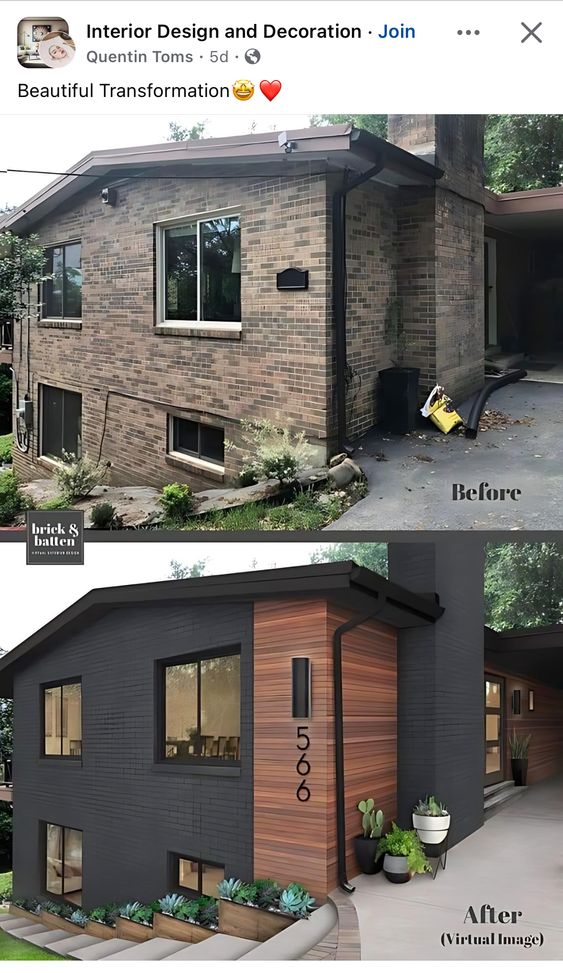
Finishing touches refine the exterior appearance of a home and enhance its curb appeal. Key elements include paint, trim, drainage systems, lighting, and fixtures.
Paint and Trim Work
The choice of paint can dramatically alter a home’s façade. Selecting a color that complements the architecture and surrounding landscape is essential. High-quality exterior paint protects against weather conditions and provides longevity.
Trim work adds character and elegance. Options include molding, fascia, and crown elements. A fresh coat of trim paint can highlight architectural features, making the home stand out. When choosing colors, consider contrast with the main body of the house to create visual interest.
Proper preparation of surfaces ensures a smooth finish. Cleaning, sanding, and priming surfaces prevent peeling and improve adhesion. Attention to detail in paint application can elevate the final outcome.
Gutters and Drainage
Effective gutter and drainage systems are vital for protecting the home from water damage. They channel rainwater away from the foundation, preventing erosion and structural issues.
Gutters should be cleaned regularly to avoid blockages. Installing leaf guards can minimize debris accumulation. Consider the material of gutters, as aluminum and copper options offer durability and aesthetics.
Downspouts should direct water away from the house. Extending them at least three to four feet from the foundation reduces the risk of pooling. Ensuring the drainage system functions properly protects the investment in exterior renovations.
Exterior Lighting
Exterior lighting enhances safety and adds ambiance. Well-placed fixtures illuminate walkways, driveways, and entry points, deterring intruders.
There are various options available, including motion sensor lights, pathway lights, and spotlights. LED fixtures are energy-efficient and have a long lifespan. Choosing warm-toned bulbs creates a welcoming environment.
Highlighting architectural features with up-lighting or down-lighting can add drama to the exterior. Maintain light fixtures by cleaning them periodically to ensure optimal brightness and function.
Door and Window Fixtures
Updating door and window fixtures enhances the aesthetic appeal. Hardware such as knobs, handles, and hinges should match the overall style of the home.
Material choices for fixtures range from brass to stainless steel, contributing to durability and design. Consider the finish to coordinate with existing elements, such as lighting or trim color.
Window treatments also play a role in curb appeal. Shutters, shades, and window boxes can add charm and character. A cohesive look across doors and windows solidifies the home’s style.
Regulatory Considerations
When renovating the exterior of a home, it is essential to account for various regulatory factors. Compliance with local permits, preservation rules, neighborhood associations, and environmental regulations is critical for a successful project.
Permits and Codes
Obtaining the necessary permits is a crucial step in exterior home renovation. Most municipalities require permits for specific renovations, such as structural changes, additions, or installations.
Homeowners should check with their local building department to determine which permits are needed. This may include building permits, electrical permits, or plumbing permits. Failure to obtain these can result in fines and may require costly alterations later.
Building codes must also be adhered to. These codes ensure that renovations meet safety, energy efficiency, and structural integrity standards. Familiarity with local codes can prevent compliance issues that delay project timelines.
Historical Preservation
For homes located in historical districts, preservation guidelines are paramount. Renovations may be subject to restrictions to maintain the historical integrity of the property.
Homeowners should consult with local historical commissions or preservation boards. They can provide specific guidelines on materials, designs, and techniques appropriate for historical renovations.
In some cases, homeowners may need to submit renovation plans for review and approval. Adhering to these guidelines preserves the character of the neighborhood while allowing for necessary updates.
Neighborhood Association Regulations
Many neighborhoods have homeowner associations (HOAs) that impose additional regulations on exterior renovations. These rules can cover aesthetic aspects like paint colors, landscaping, and fencing.
Homeowners should obtain and review the HOA’s guidelines before proceeding with any renovations. This helps avoid potential disputes or required modifications after the work is completed.
Violating HOA rules can result in fines or legal action, making it crucial to ensure compliance from the outset.
Environmental Regulations
Environmental regulations may also affect exterior renovations. Local governments often enforce codes aimed at protecting the environment, including stormwater management and landscaping practices.
Homeowners must consider sustainability in their renovation plans. This can include using eco-friendly materials, energy-efficient windows, and proper drainage systems.
Consulting with environmental agencies or professionals can provide guidance on regulations related to erosion control, tree preservation, and waste management. Compliance not only helps in protecting the environment but also enhances the value of the property.
Project Management
Effective project management is essential for a successful exterior home renovation. It encompasses coordination, budgeting, quality assurance, and clear communication with contractors. Each aspect plays a vital role in achieving the desired outcome within the planned schedule and budget.
Timeline Coordination
Establishing a clear timeline is critical in ensuring that the renovation proceeds smoothly. A detailed project schedule should outline each phase of the renovation, from initial planning to final touches. It should include milestones to track progress effectively.
- Identify key tasks and their interdependencies.
- Utilize project management software to visualize timelines.
Regularly updating the timeline helps to accommodate delays caused by weather or supply issues. Ensuring all parties are aware of timelines keeps everyone accountable and on track.
Budget Management
Budget management is a key focus in project management. A well-planned budget prevents overspending and ensures that funds are allocated appropriately for each phase of the project. It is important to include contingencies for unexpected expenses.
- Create a detailed budget listing all costs such as materials, labor, and permits.
- Monitor expenditures continuously against this budget.
Adjustments might be necessary as the project progresses. Regular financial reviews help to identify potential overruns early, allowing for corrective actions.
Quality Control
Quality control ensures that all aspects of the renovation meet established standards. It involves regular inspections and assessments throughout the project to maintain high workmanship levels.
- Define quality benchmarks for materials and labor.
- Schedule inspections at critical stages of the project.
Keeping a checklist of quality indicators can help track compliance. Addressing issues promptly ensures that the final product meets the homeowner’s expectations.
Communication with Contractors
Effective communication with contractors is vital for project success. Clear lines of communication help to ensure that expectations are understood and that any issues are addressed swiftly.
- Establish regular check-ins to discuss progress and concerns.
- Utilize collaboration tools for sharing updates, documents, and schedules.
Keeping open dialogue fosters a positive working relationship. It also allows for prompt feedback, reducing the risk of miscommunications and ensuring the project adheres to its timelines and standards.
Post-Renovation Care
After completing exterior home renovations, maintaining the investment is crucial. A structured care plan helps ensure longevity and optimal performance of renovations. Key aspects include adhering to a maintenance schedule, understanding warranty agreements, planning for long-term improvements, and considering seasonal maintenance needs.
Maintenance Schedule
Establishing a maintenance schedule is essential for preserving the exterior renovations. Regular inspections should be conducted at least twice a year, focusing on key areas such as roofing, siding, and paint finishes. Identifying wear and tear early can prevent costly repairs.
Routine upkeep tasks include:
- Cleaning gutters and downspouts to prevent water damage.
- Checking for mold or mildew in shaded areas.
- Inspecting caulking and seals around windows and doors.
In addition to seasonal tasks, any annual professional inspections can ensure that all systems function as intended.
Warranty and Service Agreements
Homeowners should review warranty details provided by contractors and manufacturers. Each component often has specific coverage periods and care requirements. Certain warranties may mandate regular maintenance to remain valid.
Common warranties include:
- Workmanship warranties typically cover defects due to poor installation.
- Material warranties protect against manufacturer defects.
It’s advisable to keep all documentation accessible for future reference. This includes receipts, warranties, and service agreements, as they may be necessary for potential claims.
Long-Term Improvements Plan
Planning for long-term improvements can enhance the home’s value and efficiency. Homeowners should consider upgrading elements like siding, roofing, or landscaping over time. Researching available options helps in selecting materials that align with future goals.
Key considerations include:
- Energy-efficient technologies: Investing in insulation or solar panels can decrease energy costs.
- Sustainable materials: Choosing eco-friendly options supports environmental goals and may qualify for tax incentives.
Regularly updating the improvement plan ensures that renovations align with personal preferences and market trends.
Seasonal Considerations
Many aspects of home care are influenced by the seasons. Adapting maintenance tasks according to weather changes is vital.
During spring and summer, focus on:
- Inspecting and cleaning outdoor fixtures.
- Addressing any damage from winter storms.
In fall and winter, prioritize:
- Preparing the home for snow and ice.
- Checking heating systems and insulation.
Being proactive about seasonal maintenance protects the home and maintains the value of renovations over time. Understanding regional climate impacts can guide effective maintenance decisions.
Frequently Asked Questions
Homeowners often seek clarity on various aspects of exterior home renovations. Questions arise concerning innovative ideas, costs, tools for visualization, and renovations that enhance property value.
What are innovative ideas for exterior home renovations?
Innovative ideas include adding architectural features like decorative trim, using sustainable materials for siding, or incorporating smart home technology. Outdoor living spaces such as patios or decks can enhance aesthetics and functionality. Vertical gardens or living walls can also provide greenery without taking up ground space.
How much does a typical exterior home renovation cost?
Costs vary based on the project’s scope and location. A minor facelift might range from $5,000 to $15,000, while more extensive renovations can exceed $50,000. Factors influencing the budget include materials used, labor rates, and the overall size of the home.
What are some before and after examples of exterior home renovations?
Before-and-after examples often highlight significant transformations. Simple updates like new paint or siding can dramatically change a home’s curb appeal. More extensive renovations may include adding new windows or a revamped entryway, showcasing a striking visual difference.
What tools are available to visualize an exterior home remodel?
Several tools assist in visualizing renovation projects. Software like SketchUp or Home Designer Suite allows for 3D modeling. Mobile apps such as Houzz enable homeowners to explore design ideas and visualize changes using augmented reality features.
How can I modernize the exterior of my house?
Modernization can be achieved through various strategies. Updating siding with contemporary materials like fiber cement or metal can provide a fresh look. Adding large windows or glass doors enhances light and outdoor views, contributing to a modern aesthetic.
Which exterior renovations are most likely to increase property value?
Renovations that typically enhance property value include new siding and energy-efficient windows. Landscaping improvements, such as walkways or patios, can also attract buyers. A well-maintained roof and fresh paint are important aspects that positively impact perceived property value.
- 340shares
- Facebook0
- Pinterest340
- Twitter0
